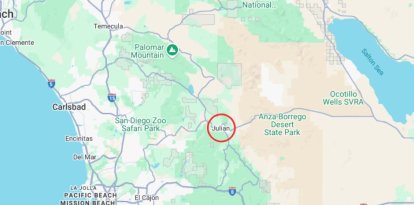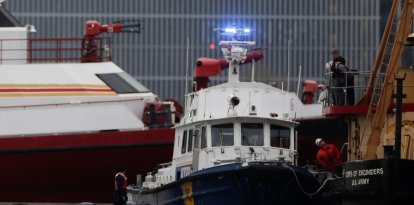Astronaut William Anders, member of the Apollo 8 crew, dies in a plane crash
His death was confirmed by his son, Lieutenant Colonel Greg Anders. His father took the renowned “Earthrise” photograph, which became a symbol of environmentalism.

(AFP)
This Friday, June 7, American astronaut William A. Anders, one of the historic crew members of the Apollo 8 mission in 1968, the first manned space mission to orbit the Moon, died at 90.
Anders' death was confirmed by his son, retired Air Force Lt. Col. Greg Anders, who spoke to the Associated Press.
"The family is devastated," the lieutenant colonel said of the event. "He was a great pilot and we will miss him terribly."
The AP reported that Anders died when the small plane he was piloting alone “came down” over the San Juan Islands in Washington state.
During the mission in 1968, Anders took the renowned color photograph “Earthrise,” which shows a view of the Earth rising above the lunar horizon and inspired the modern environmental movement.
The astronaut said during his lifetime that, in addition to making sure the command module and service module of Apollo 8 worked, the color photo he took was his most significant contribution to the space program due to its global impact.
Anders, along with Colonel Frank Borman, both of the Air Force and Captain James A. Lovell Jr. of the Navy, were part of the first group of astronauts to leave Earth's confines to orbit the Moon.
During their historic mission, these astronauts took photographs and moving images of the lunar surface in preparation for the Apollo 11 mission, in which humans finally set foot on the Moon for the first time in history.

Astronaut William A. Anders, member of the Support 8 crew, dies in a plane crash
From left to right, Apollo 8 spacecraft commander Frank Borman, command module pilot James Lovell, and lunar module pilot William Anders became the first humans to escape Earth's gravity and the first humans to see the far side of the Moon. Cheering the crew on the upper deck of the USS Yorktown, Apollo 8 recovery ship, on December 27, 1968, after they had stepped off the helicopter that brought them from their landing point in the Pacific Ocean. (AFP)
RECOMMENDATION





















